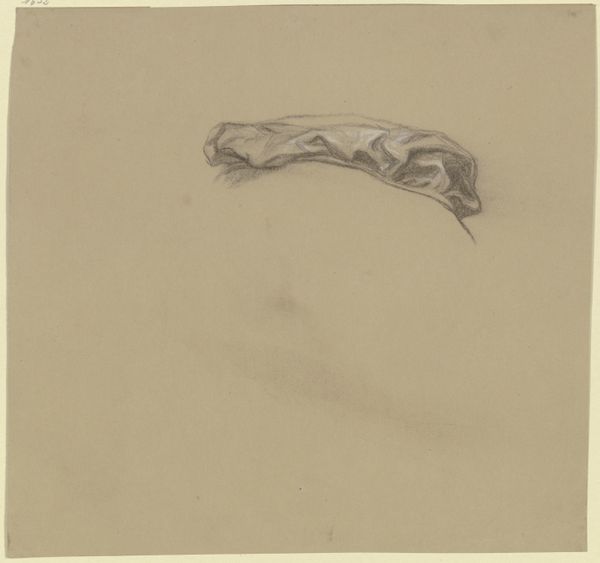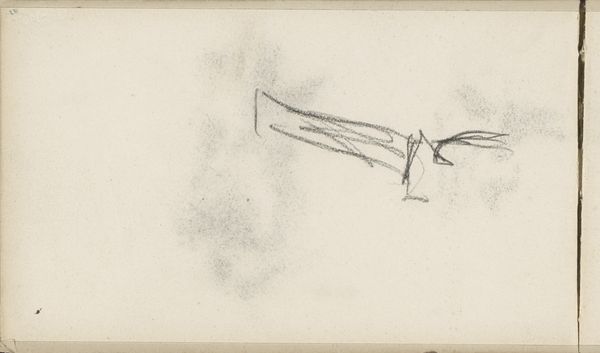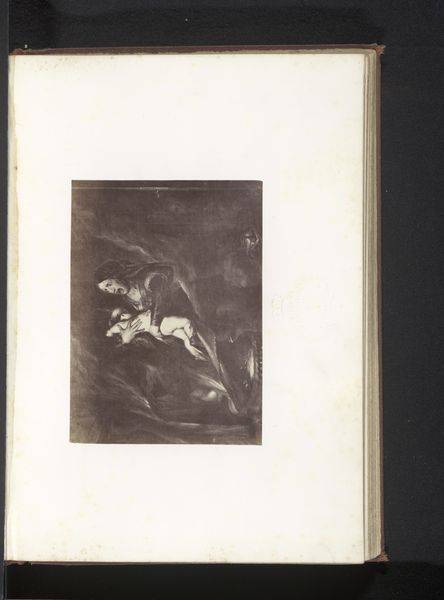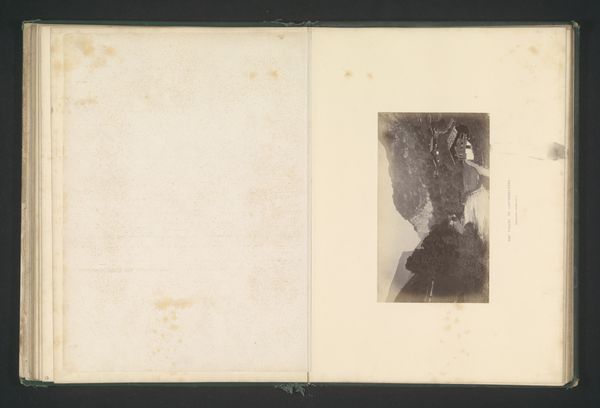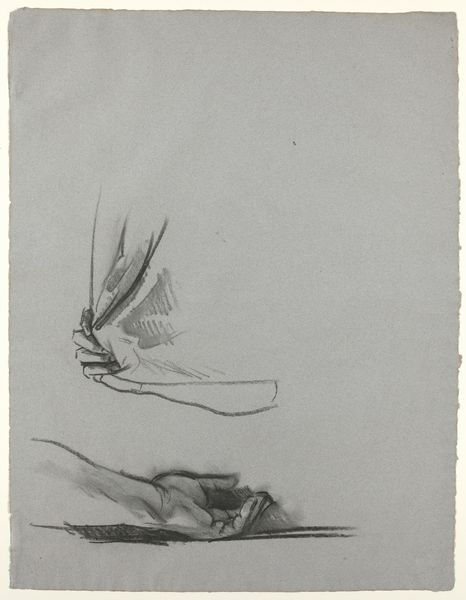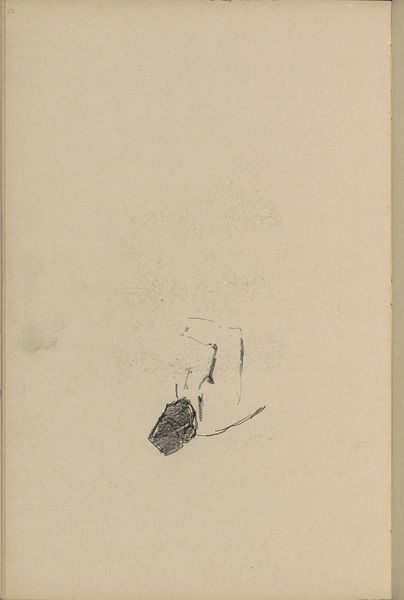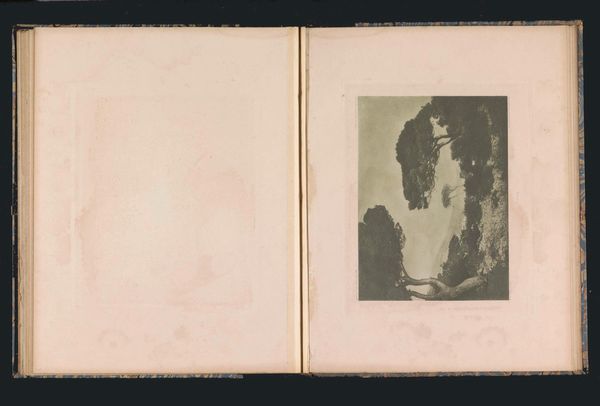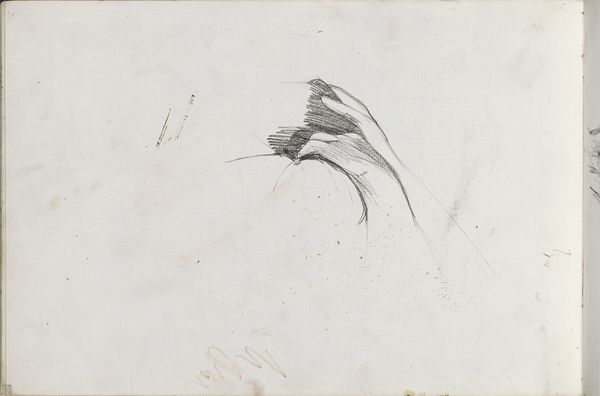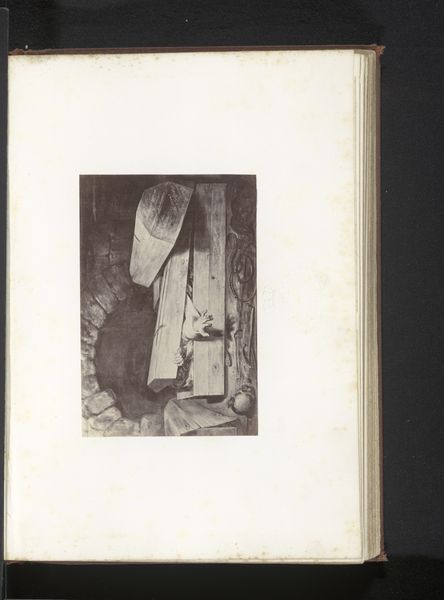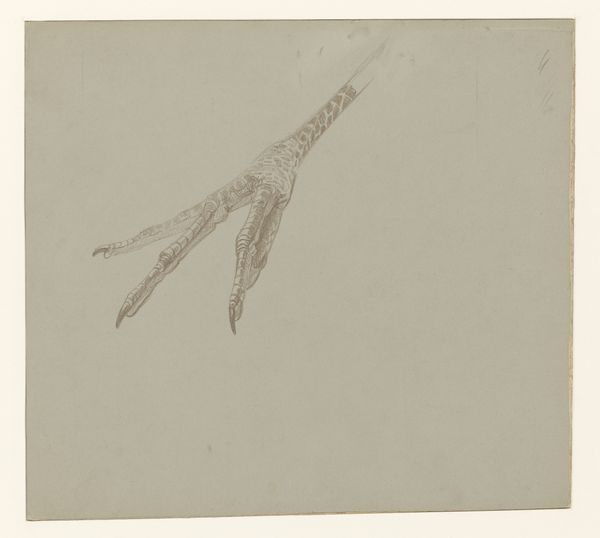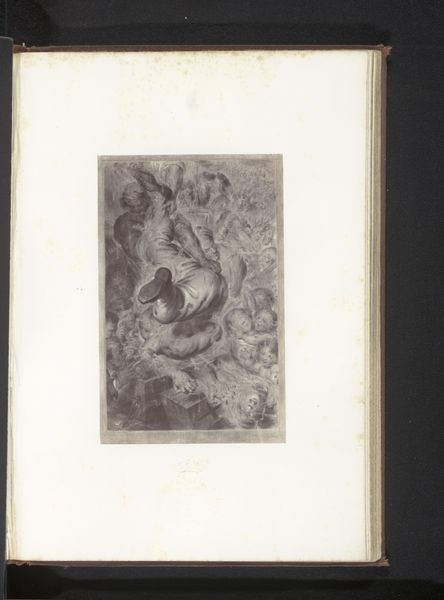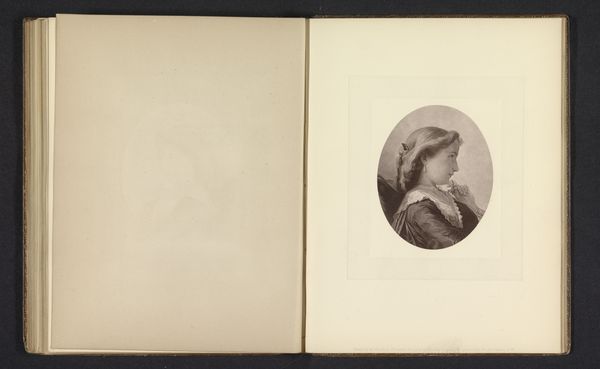
Microscopische opname van voelspriet van een junikever, 25 keer vergroot 1887 - 1888
0:00
0:00
photography, gelatin-silver-print
#
still-life-photography
#
photography
#
gelatin-silver-print
#
realism
Dimensions: height 98 mm, width 94 mm
Copyright: Rijks Museum: Open Domain
Curator: This is a fascinating gelatin silver print by Marinus Pieter Filbri, dating back to 1887 or 1888. The title translates to “Microscopic picture of the antenna of a June beetle, magnified 25 times.” What's your initial impression? Editor: It feels both incredibly scientific and surprisingly delicate. There's a strange beauty in this stark, magnified view. The antennae fan out against that stark white background like delicate, gothic lace. Curator: It is indeed an object of great curiosity, because it prompts the question: how could a common insect's component inspire the sublime? It shows how photographic processes developed in the late 19th century gave investigators unique insight into natural entities and, furthermore, influenced painting, biological drawing, and our evolving perceptions. Editor: Exactly! And situating this within its historical context, think of the broader interest in science, colonialism, and natural history that prevailed then. The act of dissecting and displaying these minuscule subjects reflects the will to examine, classify, and ultimately control nature. Who would even imagine at that time the link of an image with broader colonial narratives of objectification and display? Curator: True, that critical perspective reveals an unexpected dimension of power in what at first seems to be simply a scientific pursuit. However, looking into it, the making of gelatin silver prints was hardly accessible, given its labor-intensive development process. Also, scientific accuracy and artistic expression aren't necessarily diametrically opposed. Note, in this respect, the precision with which Filbri controlled his photographic approach to render such an exact copy of the insect part. Editor: That's precisely why art history must actively engage with current philosophy to examine these nuances. This piece embodies intersections of art, science, and societal values. Looking through today's feminist or postcolonial lenses deepens our engagement with past productions. Curator: Precisely, by discussing its making within the material conditions of photographic technology and artistic approach, and examining the picture from today's critical lens, we both get new awareness of Filbri’s era and of ourselves. Editor: Agreed. The piece compels us to wonder about the impact it has today, not simply for the knowledge acquired, but as a social inquiry and intellectual experience, both personal and relevant to the concerns of the time in which we live.
Comments
No comments
Be the first to comment and join the conversation on the ultimate creative platform.
